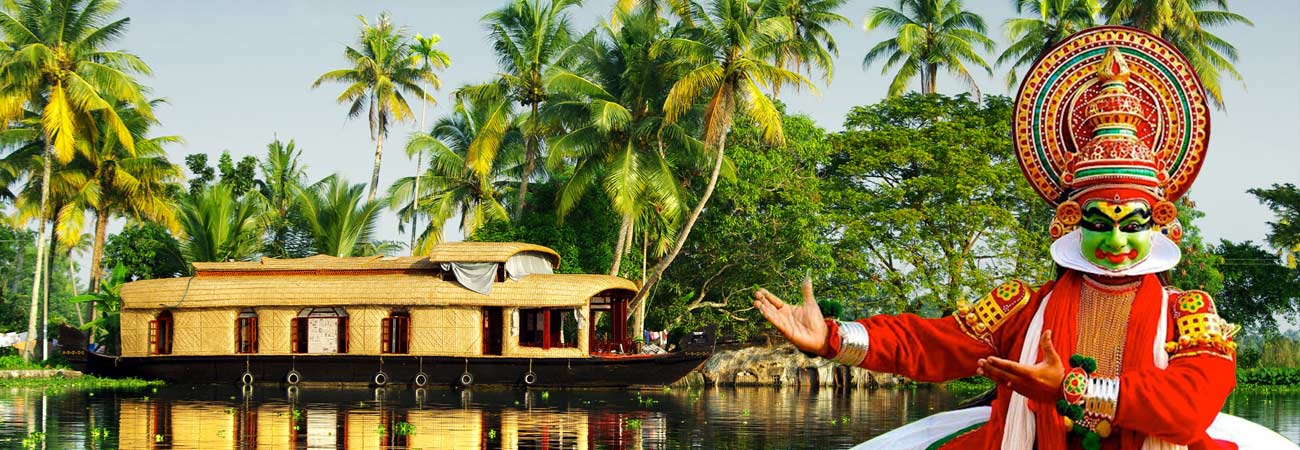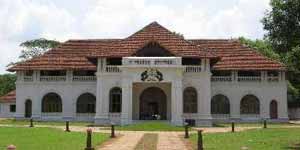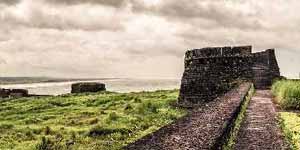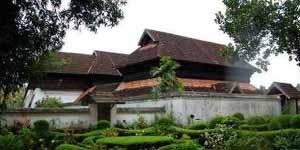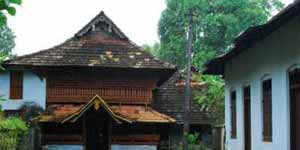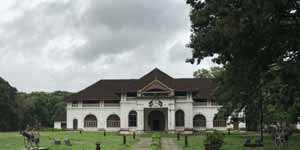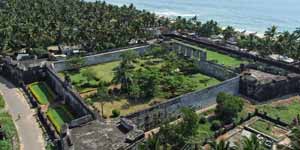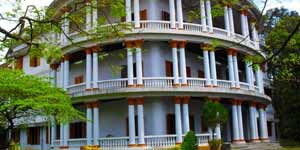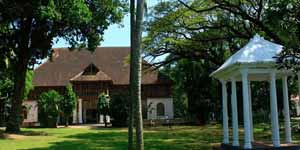
Bekal Fort
Around 16 km to the south of northernmost district in Kerala, Kasaragod, lies the massive Bekal Fort. It is among the biggest forts in Kerala and has been impeccably maintained throughout the years. It rises to 130 feet above sea level and is situated on a headland spanning 35km. Much effort has been put to develop a beautiful beach here called the Bekal Fort Beach. People flock to these spots in great numbers. Situated comfortably on steep hills by the sea, the fort provides for an imposing view from the beach. Built using laterite slabs and with a polygonal shape, it is amongst the most visited sites in Kerala.
There are many factors that have added to the popularity of the site. An observation tower fitted with beautiful peepholes, the Anjaneya Temple with its famous masonry and two Theyyam sculptures built from laterite are among the primary attractions. An ancient mosque built by Tipu Sultan and various underground passageways are also important places in the area. A rock garden was built using laterite in the parking area and is an architectural marvel in itself. Trees have been planted on the beach along with the construction of a splendid walkway which makes it easier to traverse the beach and enjoy its sights. At night, the entire place is lit up with special lights that add a whole new dimension to its beauty.
The fort with its zigzag entrance, strategically designed openings on the outer walls for defense and trenches around, has no palaces inside and was probably build just for Defence purposes. The sea bastion, underground tunnels and the observation tower in the fort are impressive. The Bekal Fort has been a source of attraction for historians, tourists and nature - lovers for centuries since it embodies memories of a glorious past. Just outside the fort there is a mosque built by Tippu Sultan of Mysore. At the entrance is the Anjaneya temple, dedicated to Sree Hanuman. Said to be as old as the fort itself, the shrine was recently renovated and attracts hundreds of devotees from far and near.
In the middle of the fort is the observation tower approached by a broad and wide flight of stairs. The structure,oldfort around 80 feet in circumference at the base and more than 30 feet high, affords a magnificent view of the sea on three sides and the green landscape to the east. There are many underground passages leading outside from various parts of the Fort. Two of them still remains intact, one leading to the south of the fort and the other to the moat on the east. The magazine inside the fort closed to the public, is used to store weapons and ammunition and managed by the Archaeological Survey of India. The sea bastion located on the rocky projection, west of the fort also offers a magnificent view of the sea and the beach.
There is a sea side pathway with a magnificent view of the fort to the east and the sea to the west linking the beaches north and south of the battlement. The Pallikere beach with its shallow waters is just a km. away from the fort.
Monuments in Kerala
Monuments in Kerala is one of the most visited tourist destinations in India. The beautiful state is not only replete with natural beauty but it is the land of abundant historical attractions. During your tour to Kerala, you can explore some of the most famous historical monuments of Kerala that let you know the glorious past history of the state. The coastal state is home to diverse landmarks, architecture, and culture. The royal dynasties of Kerala, colonial Portuguese, Jews, Dutch and British have inhabited the region and have inspired many architectural marvels. Magnificent forts, palaces, architectural monuments represent the ruling dynasties and cultures that existed here. The combined history of the state is a treasure. Every monument is an insight into the charming history of God’s Own Country.

